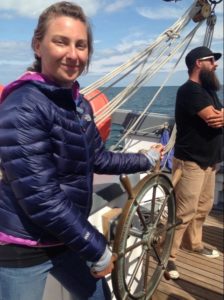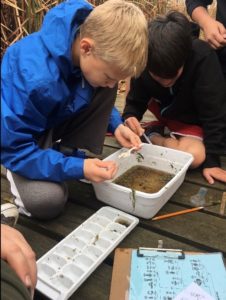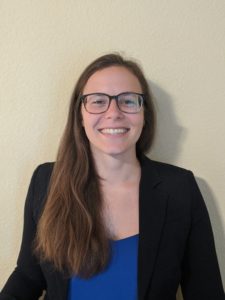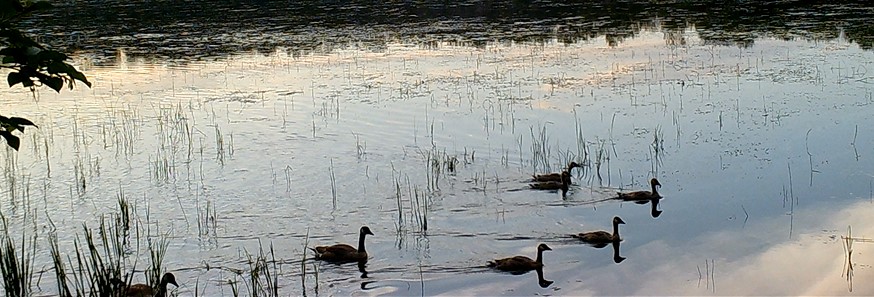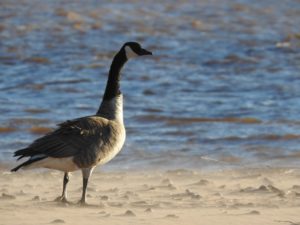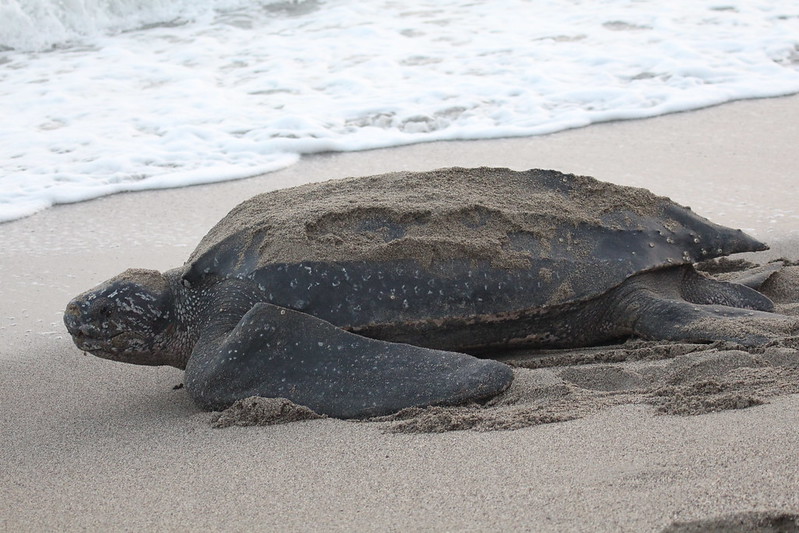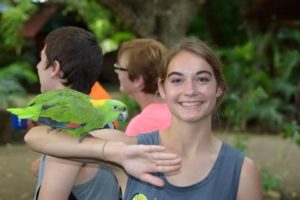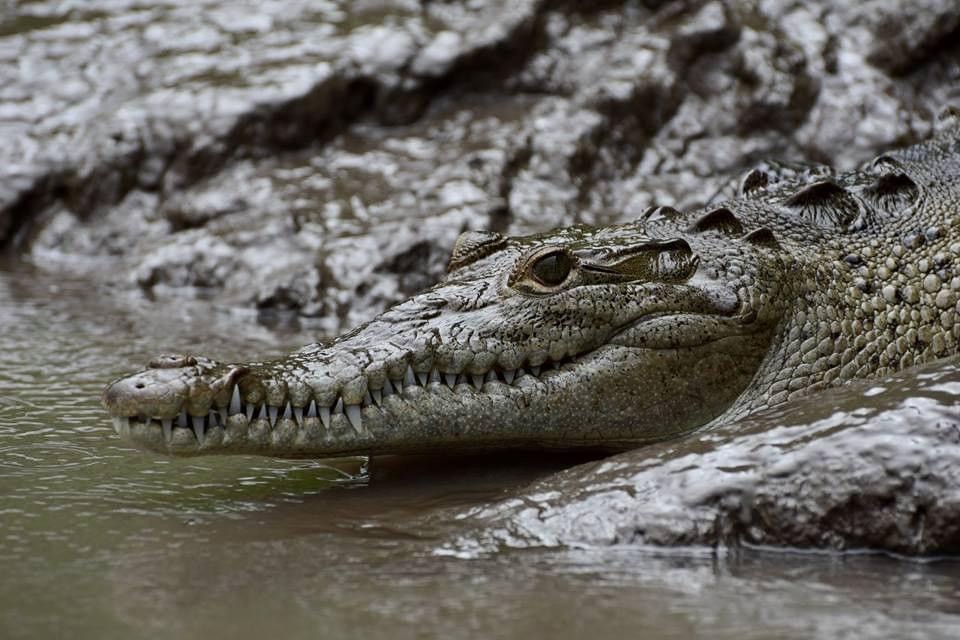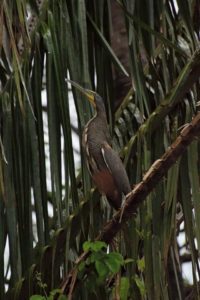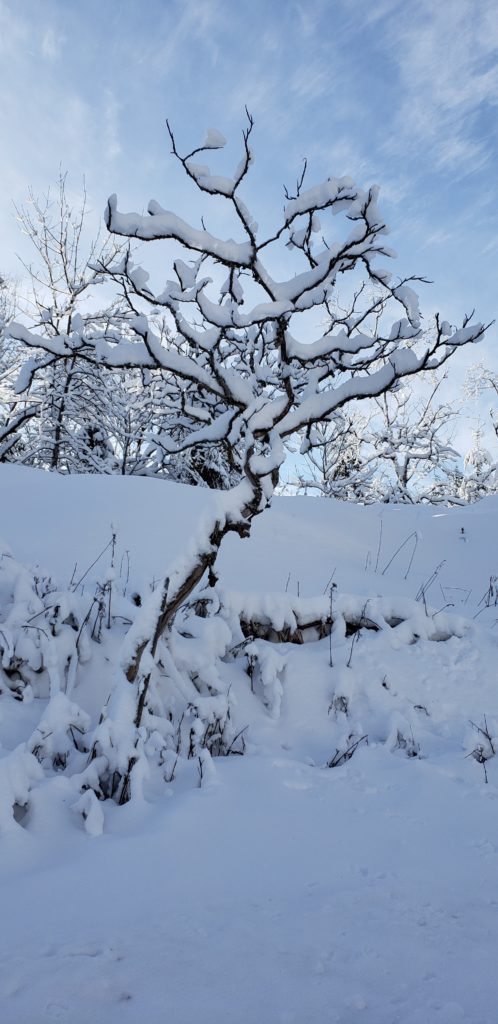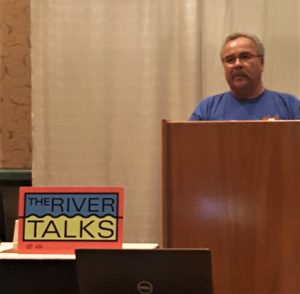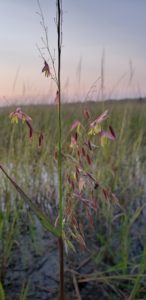One intern’s reflection
By Elise Ertl, University of Wisconsin-Superior
An internship can be a gateway to someone’s future, to a better career, and the beginning of a lifelong learning opportunity. This summer, I was fortunate enough to have had one of those opportunities through the Coastal Science Communications Internship at Wisconsin Sea Grant with my mentors Marie Zhuikov, Moira Harrington and Tim Campbell.
This year, however, the internships through Sea Grant presented themselves a little differently as they were virtual due to COVID-19. Not only was this a new experience for me, but for everyone at Sea Grant. Despite not being able to meet in person, the internship remained equally educational and exciting.
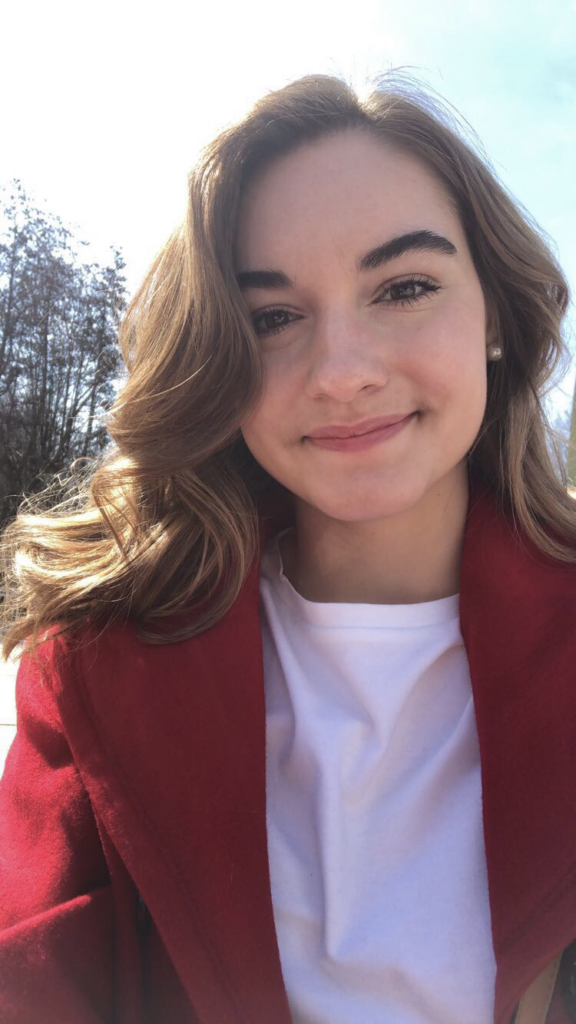
Elise Ertl. Submitted photo
Throughout the internship, I was given a calendar of tasks I was expected to complete day by day. However, I did not know at the time that those tasks would lead me to learning more about science communication than I could’ve imagined. This included what seemed to be a recurring theme for me, getting my foot in the door, exploring different forms of work, and learning the processes of being a part of a communications team. There are so many parts to communication. All of those parts are intersections that connect not only the work of many people within an organization, but at the very base, connect the people themselves. After realizing just how important communication really is, it is hard to imagine where we would all be without it. This was just the beginning of my ten-week long learning process.
My first project was to write an intern news release. I had never written a news release before, but now I was going to do it for eight interns, including myself. This new and challenging endeavor gave me the opportunity to meet and learn more about all of the interns as I contacted each to hear about what they would be working on during their own internships. The intern news release got posted on the Wisconsin Sea Grant website as well as sent to their individual hometown newspapers.
As each intern’s internship continued, so did our communication. Each week, we would attend a “brown bag” meeting where all of us would share their current progress throughout their week. Afterward, just the interns would talk together to share common experiences and bounce ideas off each other. Communicating with the interns made me more aware of my own communication style and led me to become more confident reaching out to people.
As the internship went on, I became constantly reminded of the essence of time. Even when I may feel something is time-sensitive, it probably is not that way for everyone. It is just as important to be patient with people as it is to not be a pushover when it comes to contacting them, especially about interviews.
I interviewed two people over the course of the internship, which was yet another completely new skill for me. I was surprised by the amount of time it took to get an interview, do the interview and write a story. However, in this, I was able to discover what methods work best for me such as using a recorder to recall and sort through information.
Outside of writing and interviews, I was also able to learn how to create podcasts. This work was very exciting especially because of how podcasts are increasing in popularity. I learned the online software, Audacity, and how to use several pieces of recording equipment such as the Sonus iTwo audio box, microphones and headsets. As I worked on the podcasts, I was able to gradually increase in the amount I was able to do. I started initially with editing quotes and narration and, by the last Wisconsin Water News podcast, was able to make a whole podcast almost completely on my own.
Beyond my tasks, I also attended meetings and helped set up meetings as well, giving me a taste of the interworkings of an organization, while increasing my communication skills. The more you practice communication, the less scary the idea becomes.
The skills I learned in this internship are invaluable and are something I can not only apply directly to future careers, but can apply anywhere in my life. I plan to bring the knowledge and skills I have gained from working for Wisconsin Sea Grant with me wherever I go, and I will always remember the people and place who put faith, time and energy into me and guided me through the beginning of the rest of my career. For what I know now and for what I have experienced, I am forever grateful.
Blog – Wisconsin Sea Grant
https://www.seagrant.wisc.edu/blog/one-interns-reflection/

